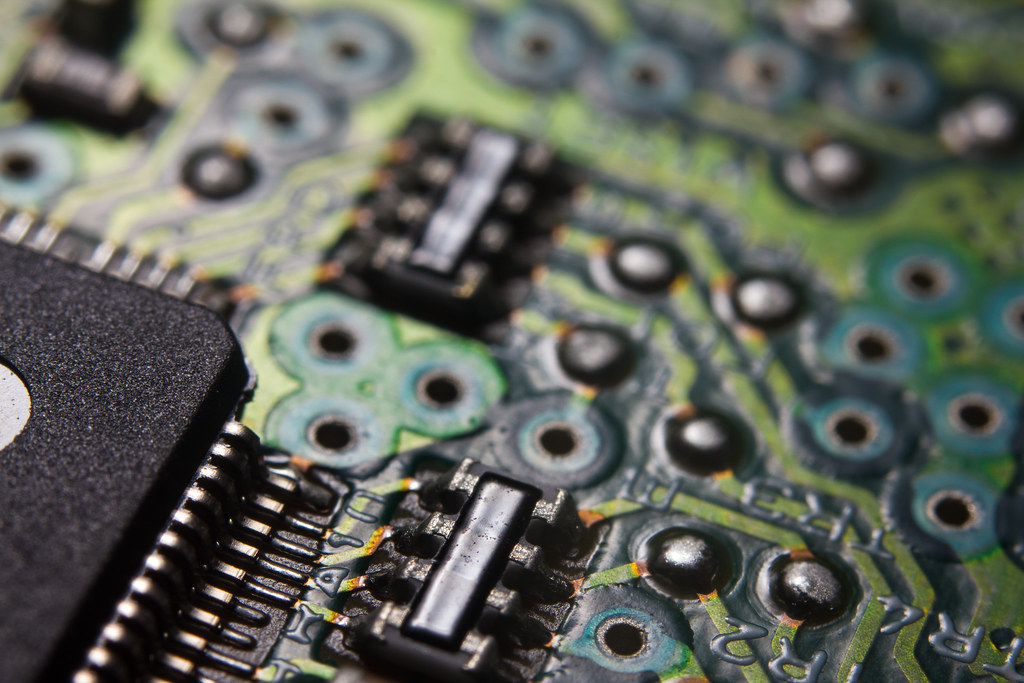In an age where technology evolves at breakneck speed, electronic waste (e-waste) has burgeoned into a global environmental challenge. However, an innovative solution is on the horizon: biodegradable electronics. This emerging field promises to significantly mitigate the e-waste crisis by introducing devices that can decompose naturally. Here, we delve into how biodegradable electronics are paving the way for a more sustainable future, their benefits, challenges, and the path forward.
The E-Waste Quandary
E-waste encompasses discarded electronic appliances and gadgets that are near or at the end of their useful life. According to the Global E-Waste Monitor 2020, a staggering 53.6 million metric tonnes (Mt) of e-waste was generated worldwide in 2019, a figure that’s projected to grow with each passing year. This not only represents a colossal waste of precious resources but also poses significant environmental and health risks due to the toxic substances often contained in electronics.
Introducing Biodegradable Electronics
Biodegradable electronics, or bioelectronics, are designed to lessen the environmental impact of technology. These devices are made from organic or bio-based materials that can break down naturally into non-toxic components. From semiconductors made of proteins to circuits printed on cellulose paper, the materials and methods used in bioelectronics are as innovative as they are varied.
The Science Behind the Solution
The cornerstone of biodegradable electronics lies in their material composition. Scientists are exploring a plethora of organic materials, including polymers derived from plant starches, proteins, and even silk, to create components that are not only functional but also fully compostable. For instance, researchers at the University of Iowa have developed a biodegradable semiconductor material made from DNA strands, signifying a major step forward in the field.
Advantages Over Traditional Electronics
The advantages of biodegradable electronics extend beyond their environmental benefits. These devices can be produced with less energy and often at a lower cost than conventional electronics, thanks to the abundance and renewability of organic materials. Moreover, the use of non-toxic substances reduces health risks associated with the production and disposal of electronics.
Challenges and Limitations
Despite their potential, biodegradable electronics face several hurdles. One of the primary challenges is durability. Bio-based materials tend to be less robust than their synthetic counterparts, limiting the lifespan and performance of the devices. Furthermore, the technology for large-scale production of bioelectronics is still in its infancy, requiring significant investment and research to become commercially viable.
The Future of Biodegradable Electronics
The journey towards widespread adoption of biodegradable electronics is fraught with challenges, yet it is a path worth pursuing. Ongoing research is focused on enhancing the durability and performance of bio-based materials, as well as developing efficient recycling processes for bioelectronics. As these technologies mature, we can anticipate a future where electronics are both high-performing and environmentally friendly.
Industry leaders and policymakers play a critical role in this transition. By fostering innovation, establishing supportive regulations, and incentivizing sustainable practices, they can accelerate the development and adoption of biodegradable electronics. Consumer awareness and demand for eco-friendly products will also drive companies to invest in green technologies.
Conclusion
Biodegradable electronics represent a promising frontier in the fight against e-waste, offering a glimpse into a future where technology and sustainability go hand in hand. While challenges remain, the potential benefits for the planet and future generations are too significant to ignore. As we continue to push the boundaries of what’s possible, biodegradable electronics stand out as a beacon of hope for a more sustainable, less wasteful world.

